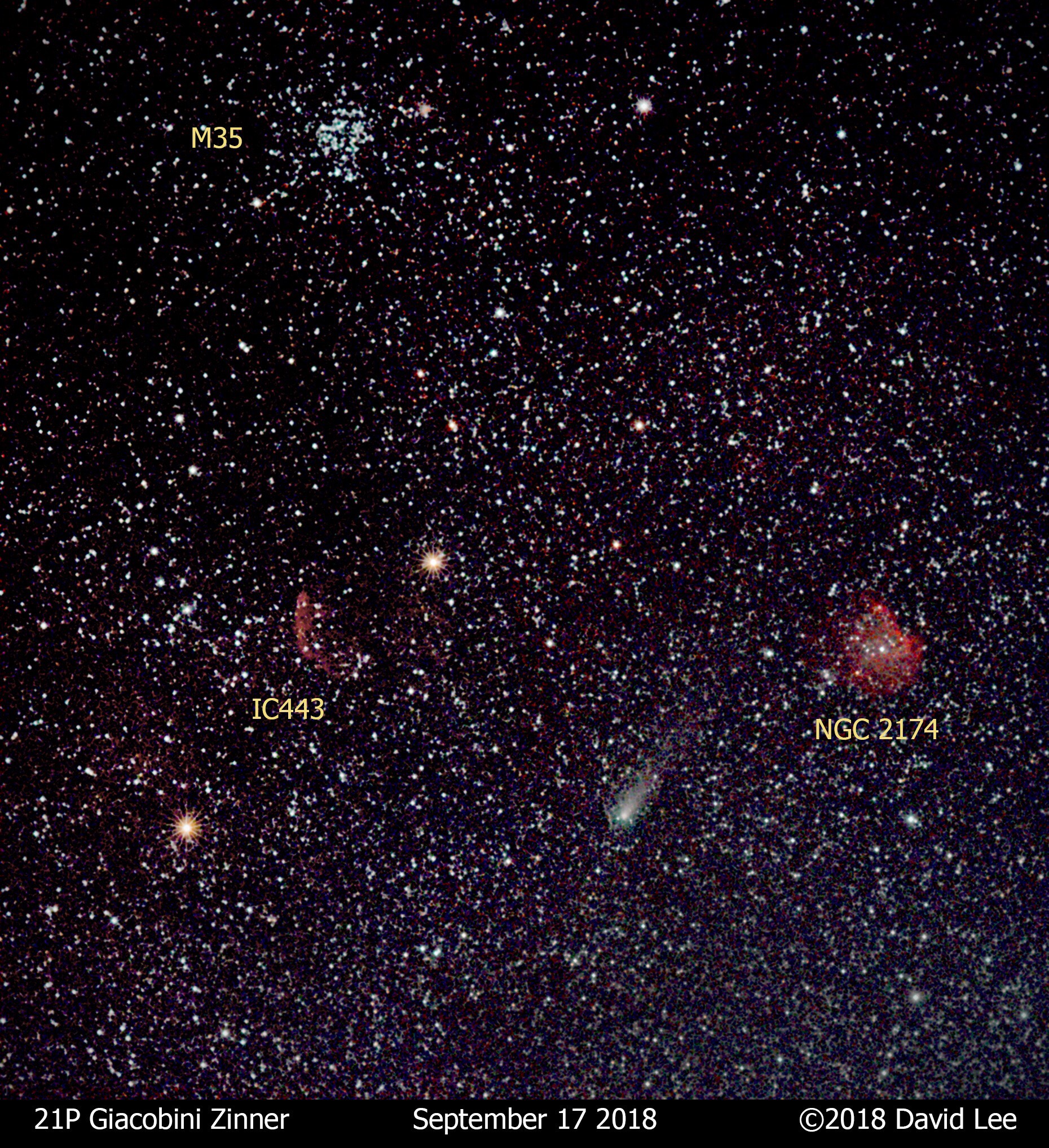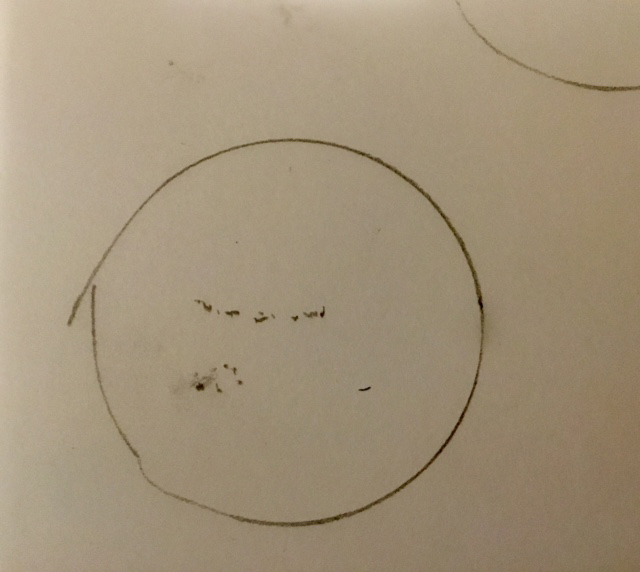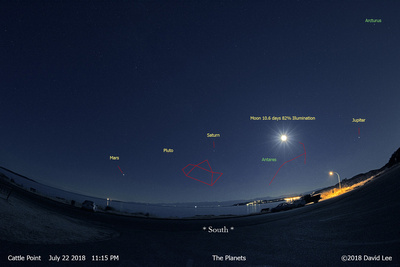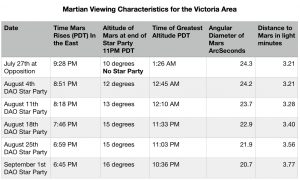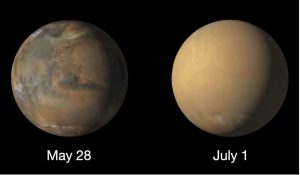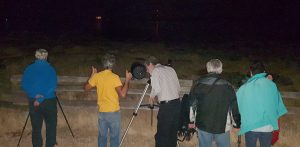Thank you to everyone who was involved in the RASCals Star Party this year. We tried out a new venue in Central Saanich and it looks to have a lot of potential. If only the weather had cooperated! A number of centre members have observed from the site in the past with success. Despite the rainy weather, we did have some great talks and our first attempt at a star party barbecue went well.
I am pleased to report that our application for special project funding was approved. Jim Hesser, John McDonald, and David Lee will be putting together a visual display for the second concert of William Herschel’s music. The application sought funding from the RASC special project fund to cover the costs of some of the equipment needed for the concert. This concert will be part of the fourth season of the explorations in 18th century music. This year’s offering is called On the Construction of the Heav’ns and will feature a Baroque chamber orchestra. The venue is Christ Church Cathedral again this year and the concert will take place on Friday, November 16. There will be a pre-concert talk at 6:45 p.m. followed by the concert at 7:30 p.m. More information is available on the Christ Church Cathedral website and tickets are $30 each available from Ticket Rocket.
Save the date for our Annual General Meeting on the evening of Saturday, November 17. Evening festivities include a dinner, speaker, annual awards, and election of council. Please let me know if you by email at president@victoria.rasc.ca if wish to attend the dinner. The cost is $40.
We are now accepting nominations for the annual awards. In particular, we are seeking nominations for the Newton-Ball Award. Please see the website for details of the award and how to nominate a member to receive the award.
We will be looking for members to join the council this year. It has been a great experience for me to become part of the council and I encourage everyone, even if you’ve just joined, to consider putting your name forward. Sherry, our past president, will be coordinating the nomination process so please contact her at pastpres@victoria.rasc.ca if you would like more information and to put your name forward.
